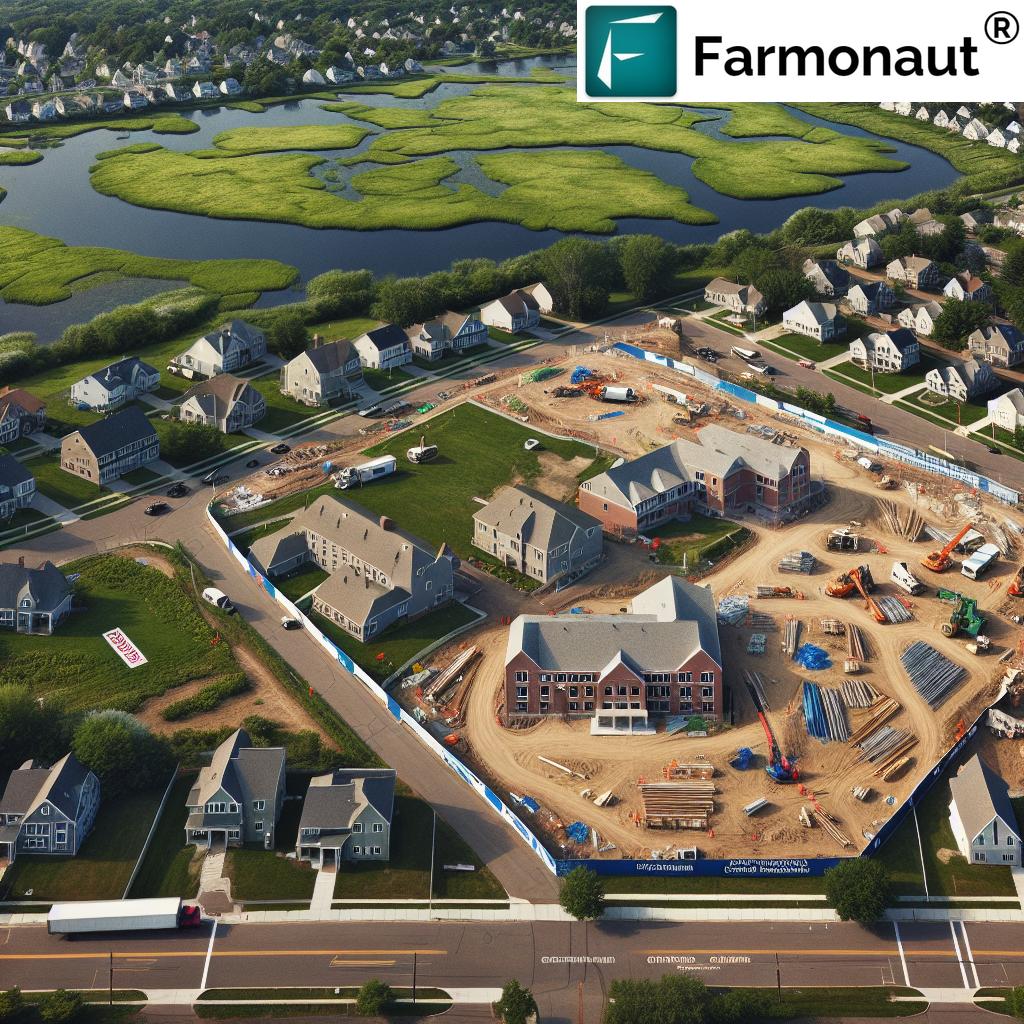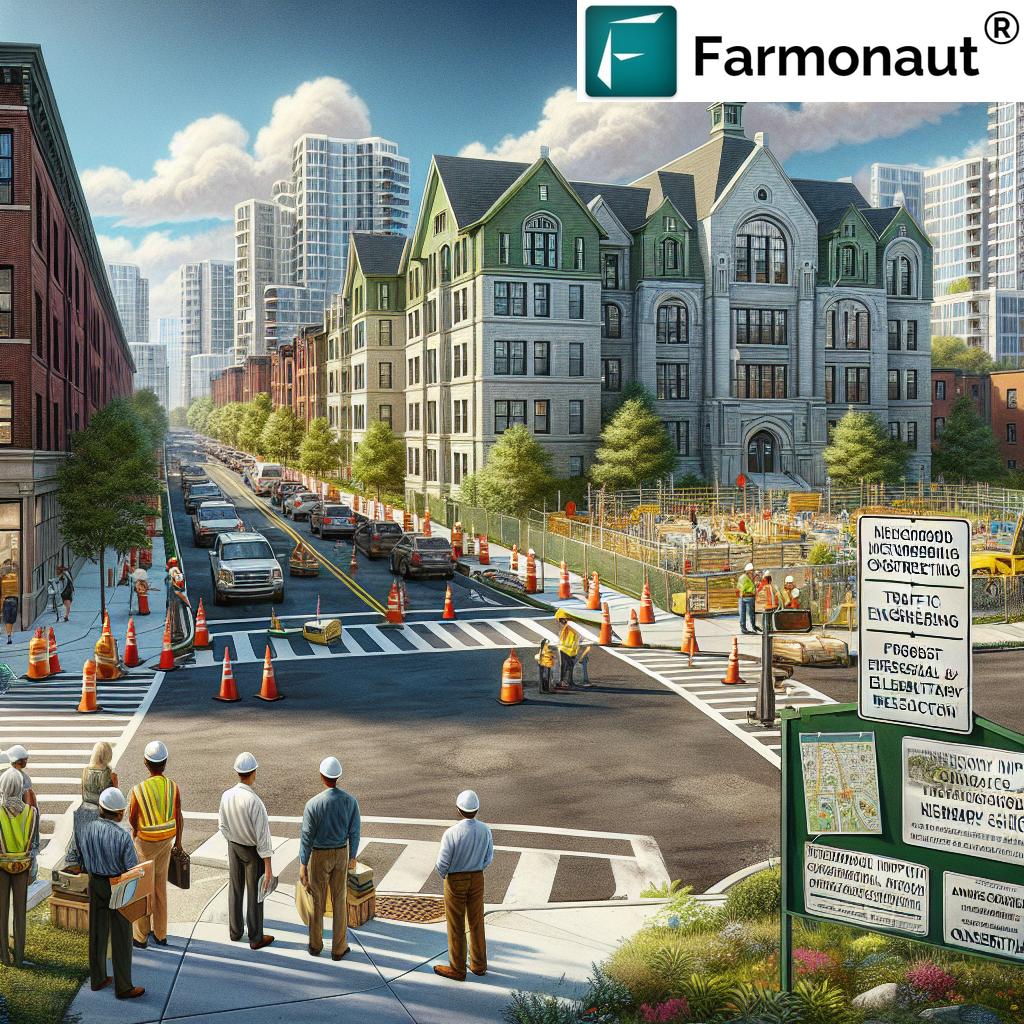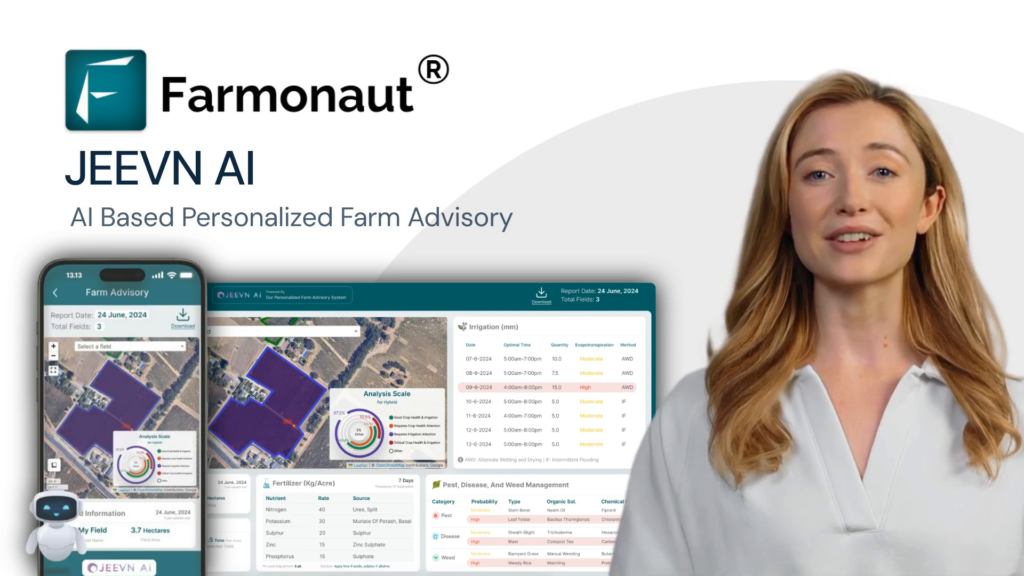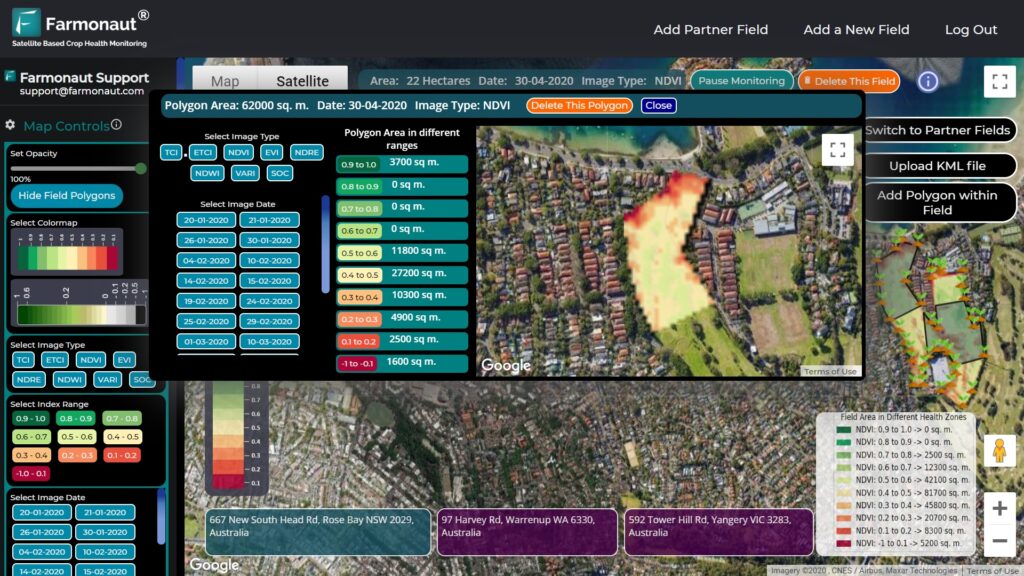Chicopee School Renovation: 7 Key Community Updates for Residents
Introduction: Chicopee’s Path to Educational Excellence
Chicopee, Massachusetts stands at a pivotal moment as it undergoes a major school renovation and elementary school refurbishment project. With the spotlight on the Anna E. Barry School, this comprehensive process affects not just our schools, but the entire neighborhood—from site selection and student relocation to wetland soils, parkland designation, and conserving natural resources. In this guide, we’ll explore the top seven community updates, delve into findings from traffic and site engineering studies, and outline opportunities for neighborhood input on school projects. Together, we’ll discover what this means for residents, our environment, and Chicopee’s educational future.
As your trusted source for industry trends and community news, we aim to provide clear, actionable information—making this a go-to resource for anyone invested in Chicopee’s schools, sustainability, and neighborhood well-being.
Background & Project Overview
For decades, the Anna E. Barry School in the Garrity Grove area has served as the bedrock of elementary education for Chicopee’s children. However, concerns about the building’s age, compliance with the Americans with Disabilities Act, and hazardous materials like asbestos prompted a sweeping review. The Chicopee Public Schools, collaborating with Massachusetts officials, architects, and engineers, have begun a comprehensive school construction project to transform learning spaces for the next generation.
During a recent feasibility phase, experts discovered that the site features wetland soils and carries a parkland designation. This revelation restricts land use exclusively to the conservation of natural resources, ruling out other public purposes and triggering new environmental and legal reviews. Meanwhile, stakeholders must also weigh community feedback, traffic studies, and the practicalities of elementary school site selection.
“Over 500 residents contributed feedback on Chicopee’s elementary site selection during the renovation planning process.”
Chicopee School Renovation: 7 Key Community Updates for Residents
To keep our community informed and involved, we’ve distilled the current project into seven essential updates. These cover all critical aspects of the chicopee school renovation process, from environmental studies to preschool and elementary student relocation.
-
Wetland Soils and Parkland Designation Discovered
(Environmental impact assessment and legal limitations are shaping project direction.) -
Traffic and Site Studies in Chicopee Schools
(Balancing accessibility and safety for students and residents!) -
Community Meetings Chicopee Residents: Listening, Engaging, Acting
(Opportunities for neighborhood feedback and transparent information-sharing.) -
Elementary School Site Selection – Szetela as a Contender
(Combining preschool students with Barry’s K-5 classes for resource optimization.) -
Neighborhood Impact Considerations
(From potential redistricting to landscape and environmental effects.) -
Addressing Asbestos and ADA Compliance
(Creating a healthy, accessible, and modern facility for all.) -
Timeline, Next Steps, and Ongoing Communication
(Clear project milestones and continued engagement with residents.)
Project Updates Summary Table
| Update Category | Description of Change | Estimated Timeline | Potential Resident Impact |
|---|---|---|---|
| Wetland Soils & Parkland Designation | Site features protected soils; land can only be used for conservation of natural resources under current laws | Discovery in March; ongoing environmental review through project phases | Limits new construction; requires environmental stewardship and potential project redesign |
| Traffic and Site Studies Chicopee Schools | Comprehensive evaluation of traffic patterns, parking, and access for new or reconstructed school site | Feasibility phase (Spring–Summer 2024) | Direct effect on daily commute, safety, and convenience for families and neighborhood |
| Community Meetings Chicopee | Multiple neighborhood sessions for information, discussion, and resident questions | First meetings in Spring 2024; ongoing through design & construction | Empowers residents with information and involvement in decision-making |
| Elementary School Site Selection | Potential relocation of Barry School to Szetela Early Childhood School property | Site decision anticipated in 2024 | May combine preschool and K-5 students, affecting school culture and logistics |
| Neighborhood Impact Considerations | Evaluating effects on district boundaries, green space, and environment | Ongoing; resolutions projected before construction | Boundary changes possible, green area preserved or expanded, compliance with regulations |
| Asbestos & ADA Compliance | Removal of hazards and upgrades for universal accessibility in the new or renovated facility | Assessed during planning; addressed in construction phase | Healthier, safer, and more accessible school environment for all users |
| Timeline & Communication | Consistent updates, clear project milestones, and transparent outreach | Throughout all project phases | Greater trust, informed decisions, and accountability |
Community Meetings Chicopee: Boosting Neighborhood Input on School Projects
The success of the Chicopee school renovation hinges on strong collaboration between officials and residents. Mayor John Vieau and Chicopee Public Schools, along with expert architects and project managers, are hosting a series of community meetings to ensure complete transparency and gather vital neighborhood feedback.
- Information Sessions: Discuss environmental findings, feasibility, traffic & site studies for Chicopee schools
- Open Q&A: Address parent/neighborhood concerns, clarify rumors, provide clear updates
- Location Spotlight: Meetings held at Szetela Early Childhood School—a potential combined preschool-elementary site
- Stakeholder Involvement: Mayor, public schools leadership, architects (Caolo & Bieniek), Colliers Project Leaders, and the Building Commission
By involving more than 500 residents in the elementary school site selection process, Chicopee demonstrates how meaningful community input can help shape a project aligned with both educational and environmental goals.
“Chicopee’s renovation project includes analysis of 3 distinct wetland soil types affecting school construction.”
Elementary School Site Selection: Wetland Soils, Parkland Designation, & Conservation
Perhaps the most significant twist in this school construction project Massachusetts is the discovery of wetland soils at the Barry School site. Under parkland designation, this land is strictly reserved for the conservation of natural resources, meaning it cannot be used for other public purposes—restricting traditional expansion or construction.
Environmental engineers are examining three distinct soil types to evaluate their impact on building stability, water flow, and local ecosystems. The findings directly influence whether the Barry School can remain at its current location or must move, with Szetela Early Childhood School under serious consideration for the elementary school refurbishment.
- Legal Ramifications: Parkland law limits new uses and may require state/federal waivers
- Environmental Protection: Priority on wetland soils means advanced conservation strategies
- Engineering Feasibility: Specialized construction needed if original site is retained
Such discoveries place the conservation of natural resources at the heart of the decision-making process—preserving both school integrity and Chicopee’s unique natural heritage.
Traffic and Site Studies: Impact on Chicopee Neighborhoods
One critical element of the chicopee school renovation project is the rigorous traffic and site studies being conducted. These engineering analyses assess car and bus flow, drop-off/pick-up patterns, pedestrian access, and parking—key factors affecting students, parents, and nearby residents.
- Objective: Ensure safe, efficient transportation to and from the school site
- Neighborhood Impact: Address potential congestion, emergency access, and minimize disruption on local streets
- Future Growth: Plan for sustainable school enrollment and population changes in the area
The traffic and site studies chicopee schools also evaluate how relocating the school or expanding facilities at either site (Barry or Szetela) would influence the ebb and flow of daily activity—not just within the school grounds but throughout the surrounding neighborhoods.
Preschool and Elementary Student Relocation: What to Expect
With Szetela Early Childhood School emerging as a new site candidate, there’s a real possibility of combining its preschool students with Barry’s 340 kindergarten-through-5th grade elementary students. While this move could create a dynamic and enriched environment, it also requires careful community input to ensure a smooth transition, logistical clarity, and preservation of both curriculum and school identity.
- Combining age groups under one roof: Coordination, safety protocols, and social-emotional considerations
- Transportation logistics: Adapting routes, new drop-off locations, and streamlined access for multiple grades
- Facility preparation: Upgrading classrooms, common areas, and outdoor spaces suitable for varying age groups
- Staffing and leadership: Redefining responsibilities and communication channels across merged faculty
By prioritizing clear communication and robust planning, Chicopee is ensuring that preschool and elementary student relocation offers growth opportunities for families while minimizing disruptions.
Challenges & Opportunities for Chicopee’s Educational Future
Every ambitious public project has its hurdles. The Chicopee School Renovation initiative is no exception. Our challenges include the legal complexities of parkland designation, careful stewardship of wetland soils, engineering feats to create safe modern structures, and the practicalities of accommodating all students—from preschoolers to 5th graders.
Yet, with every challenge comes an opportunity:
- Ecological Awareness: We can model best practices for conservation of natural resources while modernizing education.
- Inclusive Engagement: Robust neighborhood input on school projects ensures the final solution reflects community needs and values.
- Technology Adoption: Leveraging modern planning tools, like those offered by Farmonaut, allows us to track success—whether through carbon monitoring, resource management, or transparent reporting.
- Sustainable Growth: Careful elementary school site selection and updated facilities support Chicopee’s next generation for decades to come.
Farmonaut Precision Tools for Community and Schools
As Chicopee plans for responsible growth—balancing neighborhood needs, natural resources, and top-quality education—there’s a clear advantage in using digital tools for monitoring, analysis, and logistics. Farmonaut provides advanced satellite-based tracking and management, making land evaluations, resource allocation, and project reporting easier and more precise for administrators and stakeholders.
- Satellite-Based Farm and Land Monitoring: Track soil conditions, land cover, and environmental changes with real-time imagery and analytics through Farmonaut’s platform.
- Resource Management and Transparency: Farmonaut Fleet Management enables administrators to manage school vehicle fleets or community resource logistics efficiently—reducing costs and enhancing service.
- APIs and Integrations: Developers and planners can access robust satellite & weather data using Farmonaut API. Detailed documentation is available here: API Developer Docs.
- Educational Impact: For educators or community planners evaluating large land tracts for new construction or conservation, Farmonaut’s Carbon Footprinting tool helps monitor and minimize ecological impact.
- Crop Loan and Insurance Verification: School districts or local cooperatives investing in educational green spaces can use Farmonaut’s crop loan and insurance verification service for safe, efficient, and fraud-free funding.
- Advisory and Traceability: Using the Farmonaut platform, automated AI-driven advisories help optimize land use strategies, while blockchain-based traceability guarantees transparent reporting for compliance.
Empower Your Land or School Project with Professional Satellite Monitoring
Farmonaut’s subscriptions make advanced technology accessible for all—whether you’re managing agricultural lands, school sites, or public resources.
Frequently Asked Questions (FAQ)
How do wetland soils and parkland designation affect our school construction?
Wetland soils require special environmental and engineering consideration. The parkland designation limits the land to conservation uses, restricting other construction or repurposing. All building plans must comply with both state and federal environmental protection rules.
What topics will be covered at the community meetings?
Leaders will present expert findings on environmental impact, traffic, site selection, feasibility, compliance with laws like the ADA, and address possible misinformation. Sessions are highly interactive, encouraging residents’ input.
If Barry School must relocate, how will students be affected?
If Szetela is chosen, preschool and elementary students will share a campus. The transition plan will focus on safe, age-appropriate facilities and transportation logistics, ensuring educational continuity and community spirit.
What tools or services can support our district’s environmental stewardship?
Satellite-powered platforms like Farmonaut allow school districts and community planners to monitor land use, soil health, and emissions, supporting regulatory compliance and the conservation of natural resources.
How can I stay updated as a Chicopee resident?
Attend the scheduled neighborhood meetings, sign up for email bulletins, or access updates through the public schools’ or city’s website. Stakeholders are committed to providing regular project information and engaging all interested residents.
Is the current timeline set in stone?
While project milestones offer a general roadmap, unforeseen engineering or environmental challenges—such as the status of wetland soils—may alter timelines. The city pledges ongoing communication on changes or delays.
Conclusion: Building a Sustainable & Inclusive Chicopee Together
The Chicopee school renovation project represents our community’s dedication to both educational advancement and environmental stewardship. As we navigate the challenges posed by wetland soils and parkland designation, traffic and site studies, and neighborhood impacts, our collective community input has never been more vital.
With transparent communication, advanced monitoring tools, and meaningful engagement, Chicopee can deliver a school construction project that sets a new standard for Massachusetts—protecting our natural resources and empowering future students.
Let’s build a brighter, greener, and more equitable future for Chicopee—together!
















